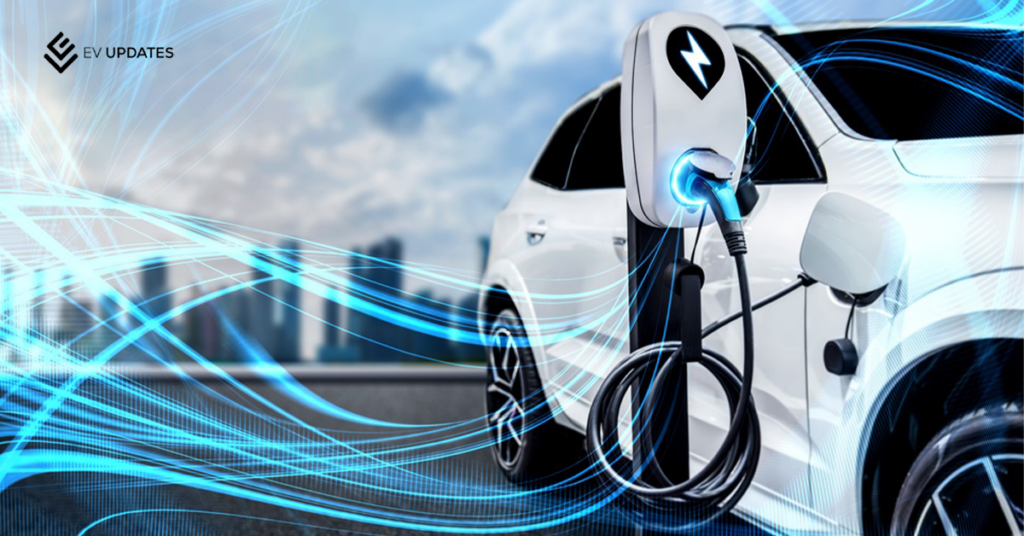In today’s rapidly evolving world, electric vehicles (EVs) are gaining traction as a more sustainable and eco-friendly mode of transportation. As the demand for EVs continues to rise, the need for efficient electric vehicle chargers becomes increasingly critical. In this comprehensive guide, we will explore the world of electric vehicle chargers, covering everything from the basics to the latest advancements in charging technology.
Guide to Electric Vehicle Chargers
The world is at a crossroads, and electric vehicles are leading the way. As climate change concerns continue to grow, there is a pressing need to transition from traditional gasoline-powered vehicles to more sustainable alternatives. Electric vehicles, or EVs, have emerged as a compelling solution, and their popularity is skyrocketing.

Types of Electric Vehicle Chargers
When it comes to charging your EV, not all chargers are created equal. There are primarily three types of electric vehicle chargers:
Level 1 Chargers : Level 1 chargers are the most basic and typically come with your electric vehicle purchase. They use a standard 120-volt household outlet and are suitable for overnight charging.
Level 2 Chargers : Level 2 chargers offer faster charging speeds and are commonly found in residential settings and public charging stations. They operate on a 240-volt circuit and can charge your EV significantly faster than Level 1 chargers.
DC Fast Chargers : DC fast chargers are the speed demons of EV charging. They can provide a substantial charge in a matter of minutes and are commonly found along highways for long-distance travel.

Charging Connectors and Standards
To charge your EV, you’ll need the right connector. There are several types of connectors and standards in use today:
CCS (Combined Charging System) : CCS is a universal connector that supports both AC and DC charging. It’s commonly used by European and American automakers.
Tesla Superchargers : Tesla has its proprietary Supercharger network, primarily for its vehicles.
Charging at Home : Charging your EV at home is convenient and cost-effective. To set up a home charging station, you’ll need a dedicated circuit, an EV charging unit, and a compatible connector.
Public Charging Stations : Public charging stations are essential for longer trips and city dwellers without access to home charging. These stations are increasingly widespread and can be found in malls, parking garages, and along highways.
Charging Speed and Range Anxiety : The time it takes to charge an EV depends on the charger type and your vehicle’s battery capacity. Range anxiety, the fear of running out of battery, is a concern for some EV owners. However, advancements in fast charging technology are alleviating these worries.
The Role of Renewable Energy : Many EV owners are opting for renewable energy sources to power their vehicles. Solar panels and wind turbines can generate clean energy for your EV, reducing your carbon footprint.
Wireless Charging Technology : Wireless charging is on the horizon, allowing you to charge your EV without plugging it in. This technology is still in development but holds great promise for the future.
EV Charging Apps and Services : Finding a charging station is easier than ever thanks to dedicated EV charging apps and services. These apps provide real-time information about nearby charging stations, availability, and pricing.
Charging Safety : Safety is a top priority when it comes to EV charging. Always follow best practices and safety guidelines to ensure a secure charging experience.
Future Trends in EV Charging : The world of EV charging is constantly evolving. Future trends include bidirectional charging, which allows your EV to feed power back into the grid, and ultra-fast charging that can charge your vehicle in a matter of minutes.

Conclusion
The electric vehicle revolution is here, and it’s changing the way we think about transportation. Embracing EVs and the accompanying charging infrastructure is not just a choice for a greener future; it’s a necessity.
FAQs (Frequently Asked Questions)
Is it safe to charge my electric vehicle at home?
Yes, as long as you follow safety guidelines and use a dedicated circuit.
How long does it take to charge an electric vehicle?
Charging times vary based on the charger type and your vehicle’s battery capacity.
Are there government incentives for buying an electric vehicle?
Many governments offer incentives such as tax credits and rebates to promote EV adoption.
Can I charge my EV using renewable energy sources?
Yes, you can use solar panels or wind turbines to generate clean energy for your EV.
What is the future of EV charging technology?
The future includes bidirectional charging and ultra-fast charging, making EVs even more practical and convenient
















